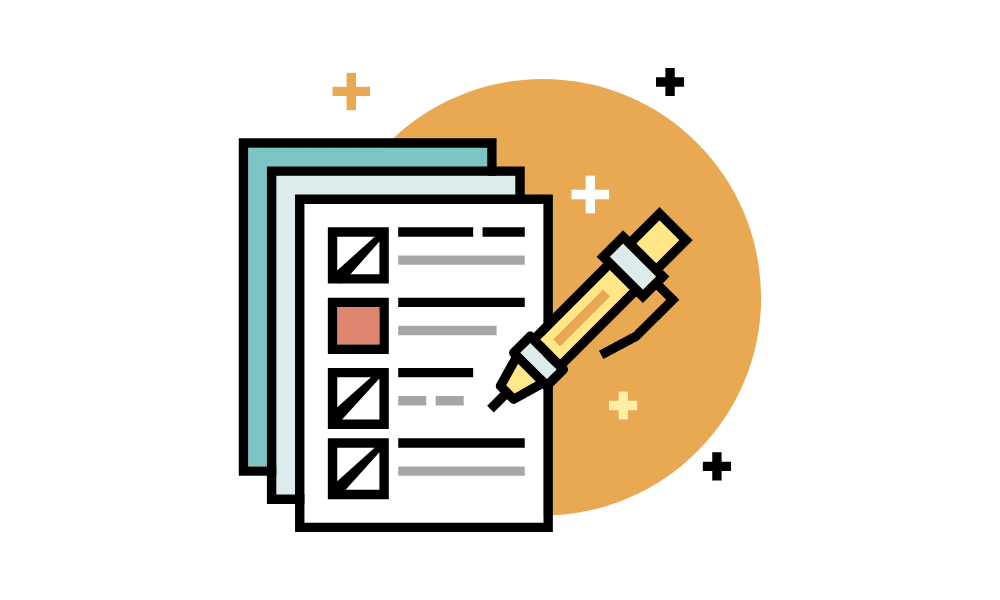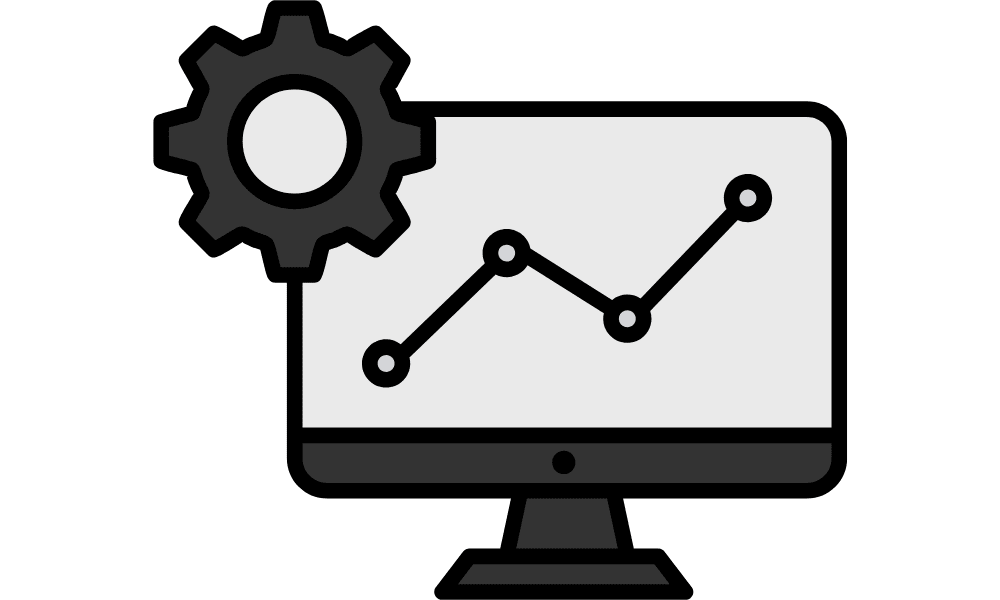
Teaching today isn’t just about delivering lessons, it’s about understanding how students learn, where they struggle, and how to help them grow. In 2025, assessment tools for teachers will have become essential for tracking student progress, personalizing instruction, and improving learning outcomes.
Whether you’re teaching in a physical classroom, online, or in boys boarding schools in India, the right tools can make your job easier and your impact stronger.
What Are Assessment Tools for Teachers?

Assessment tools for teachers are platforms, apps, or strategies used to evaluate student learning.
These tools help educators measure understanding, identify gaps, and adjust teaching methods. Unlike traditional paper-based tests, modern tools offer real-time feedback, interactive formats, and data-driven insights.
They range from simple quizzes to advanced analytics dashboards, and they’re designed to support everything from daily check-ins to end-of-term evaluations.
Types of Assessment Tools for Teachers:
Understanding the types of assessments helps teachers choose the right tool for the right moment:
- Diagnostic: Used before instruction to assess prior knowledge.
- Formative: Ongoing checks during lessons to guide teaching.
- Summative: Final evaluations at the end of a unit or term.
- Ipsative: Comparing a student’s current performance to their past work.
- Norm-referenced vs. Criterion-referenced: Comparing students to peers vs. measuring against set standards.
Each type serves a unique purpose and can be supported by different digital tools.
Top Assessment Tools for Teachers in 2025:
In 2025, the market is full of powerful and user-friendly assessment tools for teachers. Here are some standout options:
- Google Forms: Simple, customizable quizzes with instant feedback.
- Kahoot!: Game-based assessments that boost engagement.
- Quizizz: Self-paced quizzes with analytics and reports.
- Socrative: Real-time questioning and exit tickets.
- Edpuzzle: Video-based assessments with embedded questions.
- ClassMarker: Secure testing for formal assessments.
- Formative: Live student responses and standards tracking.
These tools are popular because they’re easy to use, adaptable across subjects, and effective in both online and offline settings.
How to Choose the Right Assessment Tool?

Not every tool fits every classroom. When selecting assessment tools for teachers, consider:
- Grade level and subject: Some tools are better for math, others for language arts.
- Tech access: Ensure students have the devices and connectivity needed.
- Learning goals: Match the tool to what you want to measure—skills, knowledge, or behavior.
- Ease of use: Teachers need tools that save time, not add stress.
Trying a few tools and gathering student feedback can help you find the best fit.
Benefits of Using Assessment Tools for Teachers
The advantages of using assessment tools for teachers go far beyond grading:
- They provide real-time feedback, helping students correct mistakes immediately.
- They support personalized learning, allowing teachers to tailor instruction.
- They enable data-driven decisions, showing trends and gaps in understanding.
- They save time with automated grading and reporting.
These tools empower teachers to be more responsive, efficient, and impactful.
Assessment Tools vs Traditional Testing: What’s Better?
Traditional tests have their place, but assessment tools for teachers offer more flexibility and insight. Unlike static exams, digital tools can:
- Adapt to student pace and learning style
- Offer instant feedback and remediation
- Engage students through interactive formats
- Track progress over time with visual data
In short, they’re better suited to the dynamic needs of today’s classrooms.
Common Challenges and How to Overcome Them

While assessment tools for teachers are powerful, they come with challenges:
- Tech readiness: Not all students have equal access to devices.
- Data privacy: Teachers must ensure student information is secure.
- Learning curve: Some tools require training or support.
Solutions include choosing tools with offline options, using school-approved platforms, and starting with simple features before exploring advanced ones.
Real-Life Examples of Impact:
Teachers across the globe are seeing results:
- A science teacher in Delhi used Quizizz to improve test scores by 30% in one term.
- A rural school in Maharashtra adopted Google Forms for formative assessments, reducing grading time by half.
- An English teacher in Bangalore used Edpuzzle to boost comprehension in video lessons.
These stories show how assessment tools for teachers can transform learning.
Final Thoughts: The Future of Assessment Tools for Teachers
The future is bright and digital. With AI integration, adaptive learning, and gamified formats, assessment tools for teachers are becoming more innovative and more student-centered. As education evolves, these tools will play a key role in helping teachers teach better and students learn more deeply.
Frequently Asked Questions (FAQs)
Ques 1. What are assessment tools for teachers?
Ans. Assessment tools for teachers are platforms or methods used to evaluate student learning, progress, and understanding.
Ques 2. Why are assessment tools important in 2025?
Ans. They help teachers personalize instruction, track performance, and make data-driven decisions in modern classrooms.
Ques 3. What types of assessment tools do teachers use?
Ans. Teachers use diagnostic, formative, summative, ipsative, and criterion-referenced tools depending on the learning goal.
Ques 4. What’s the difference between formative and summative assessments?
Ans. Formative assessments happen during learning to guide instruction, while summative assessments evaluate learning at the end.
Ques 5. Are digital assessment tools better than traditional tests?
Ans. Yes. Digital tools offer real-time feedback, engagement, and flexibility that traditional paper tests often lack.



